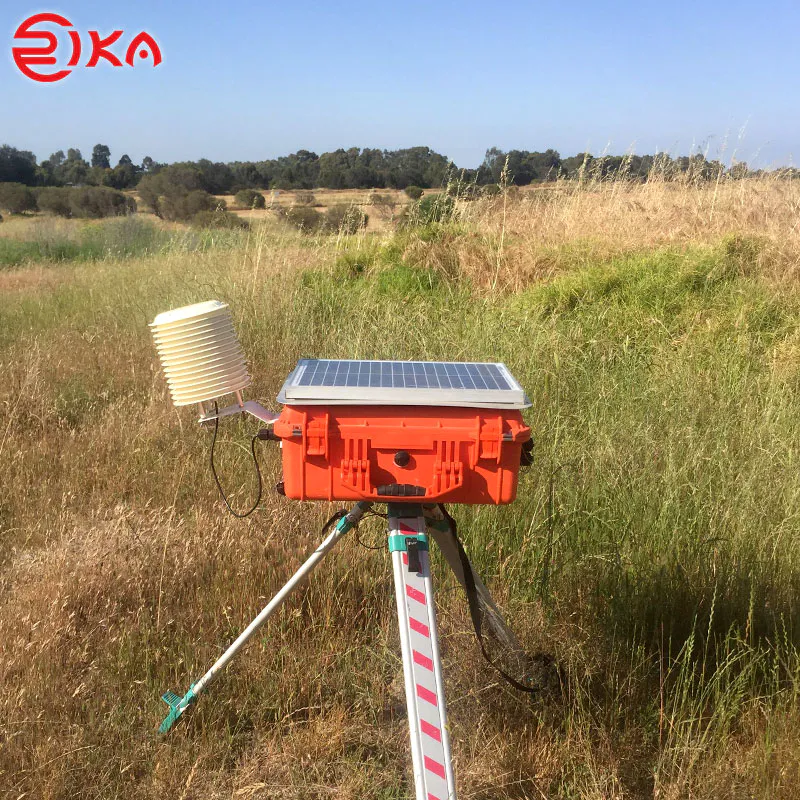Rika Sensor is a weather sensor manufacturer and environmental monitoring solution provider with 10+ years of industry experience.
Five types of conventional sensors
Sensor is a relatively unfamiliar term to many people. Although we often use it in our daily life, few people know its existence. It is just a very tiny component in the device, but it plays a vital role.
The sensor is equivalent to the human five senses, and its job is to feel "information" and convert the information into electrical signals to transmit to the device, so as to make corresponding control. Its existence gives cold devices the ability to sense external information. For example, a voice-activated switch is a sensor that converts "sound" into an electrical signal, transmits it to the light, and issues the command to "turn on the light".
There are about 26,000 kinds of sensor types that are commercialized worldwide, and my country currently has about 14,000 kinds, which are used in industry, agriculture, medical care, consumer electronics, automobiles, home appliances, artificial intelligence, etc. Among them, sensors used in the field of home appliances. There are five types of conventional sensors:
1. Temperature and humidity sensor
As the name suggests, this is a sensor device that is equipped with humidity-sensitive and heat-sensitive elements that can be used to measure temperature and humidity. Temperature and humidity sensors are required wherever the temperature and humidity of the environment need to be continuously monitored and certain requirements are met, such as hospital wards, refrigerators, etc. In the field of home appliances, temperature and humidity sensors are often used in home appliances such as air conditioners, humidifiers, and dehumidifiers to detect changes in indoor temperature and humidity. When the indoor temperature exceeds the set limit, the control panel receives the data information from the sensor and automatically turns on the cooling function of the air conditioner to create a constant temperature and humidity indoor environment for consumers.
2. VOC gas sensor
VOCs are volatile organic compounds, which are frequently occurring air pollutants, mainly from building materials such as walls, ceilings, and floors, as well as decorative materials such as latex paint, wallpaper, thermal insulation materials, and adhesives. When VOC reaches a certain concentration in the room air, it will have serious adverse consequences on the body.
The VOC gas sensor is a sensor that detects the concentration of indoor volatile organic pollutants. It has a built-in high-performance semiconductor silicon-based resistive TVOC sensor chip, which can sensitively sense various organic volatile gases, such as ethanol, ammonia, sulfide, and benzene-based vapor. , smoke and other harmful gases are often used in high-end intelligent air purifiers, heating air conditioners, fresh fans and other equipment to monitor indoor air quality. When the VOC concentration exceeds the standard, the purification equipment is turned on in time for ventilation and deodorization. .
The CO2 sensor is a sensor used to detect the concentration of CO2 in the air, and the most common principles are the infrared gas sensor (NDIR) and the electrochemical gas sensor. At present, most home appliances use infrared carbon dioxide sensors based on the principle of non-dispersive infrared technology NDIR, which have the advantages of good selectivity, no oxygen dependence, long life, and high cost performance; suitable for fresh air systems, air purification equipment, HVAC Refrigeration equipment, etc.
4. PM2.5 sensor
The PM2.5 sensor is a sensor used to detect the concentration of dust and particles in the air. It is developed and designed based on the principle of laser scattering. When the laser is irradiated on suspended particles in the air, scattered light will be generated. The intensity of the scattered light is related to its mass concentration. proportional. By measuring the scattered light intensity, the particle concentration value is calculated. The PM2.5 sensor developed with this principle can accurately measure particles with a particle size range of 0.3 μm, and is suitable for home appliances such as air purifiers, fresh air systems, and air conditioners.
5. Differential pressure sensor
It measures the pressure difference of the gas at both ends of a certain part of the equipment through its internal thermal sensor element, and can accurately measure air, nitrogen and oxygen. In our life, many home appliances will use this differential pressure sensor, such as air conditioners, sweeping robots, microwave ovens, air fryers, etc., all need to accurately measure the air pressure difference to control the air volume, suction or calorific value.
You may also like:

LEAVE A MESSAGE








